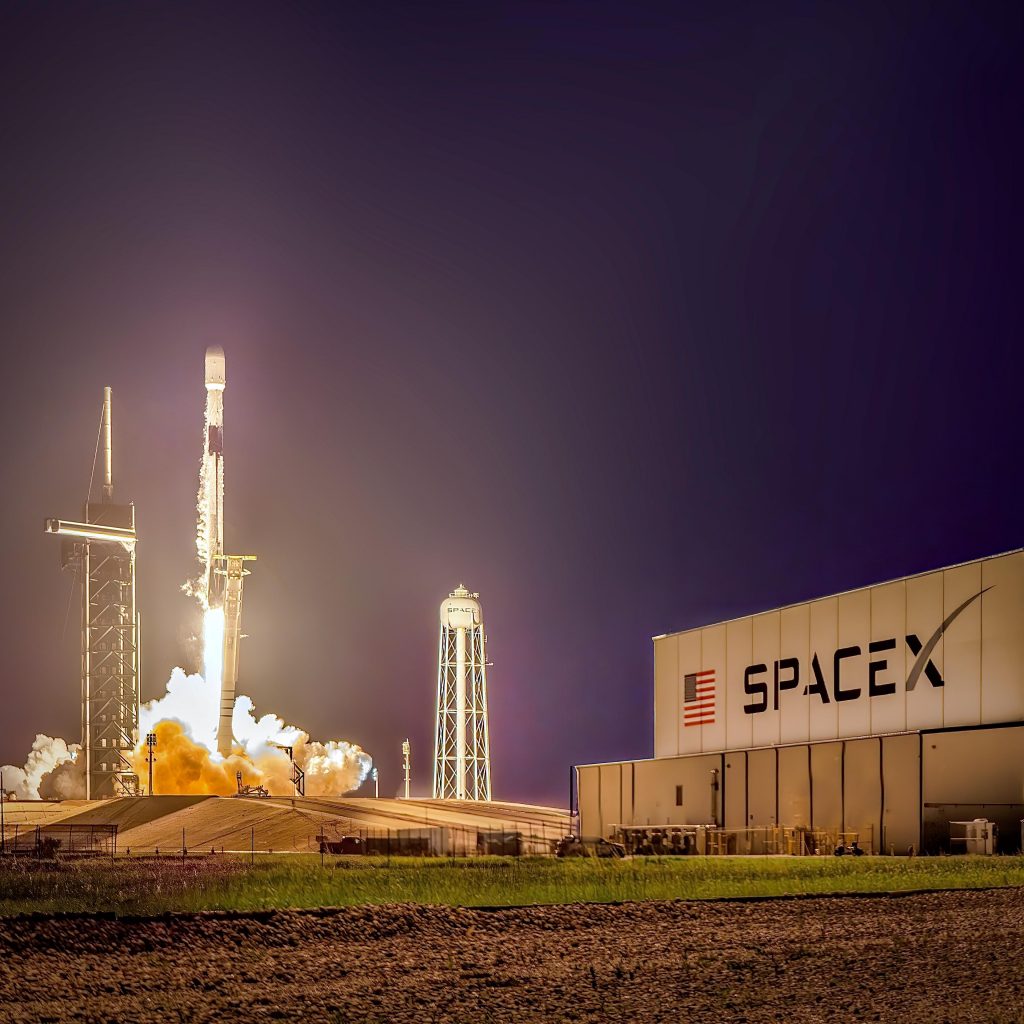Media
Transcript
First up, on August 6 at 4:00 am UTC China launched a Long March 2D from Jiuquan Satellite Center.
Onboard were two satellites: Gaofen-9 04 and Tsinghua Science Satellite.

Gaofen is an optical remote sensing satellite and increases the size of the Gaofen-9 constellation to four satellites. According to China Aerospace Science and Technology Corporation (CAST), the images collected by the satellites will be used for “national land survey, urban planning, land right confirmation, road network design, crop yield estimation, and disaster prevention”.
The Tsinghua Gravity and Atmospheric Science Satellite was developed by undergraduate and graduate students at Tsinghua University. Chinanet Technology reports that it will measure gravity and atmospheric density in low orbit.
Next up, SpaceX launched the ninth batch of version 1.0 Starlink satellites from Kennedy Space Center in Florida on August 7 at 5:12 am UTC using a five-time flight-proven first stage.
A total of 59 satellites — 57 Starlink and 2 BlackSky — were launched over the course of a flight lasting more than 90 minutes, with a number of extended coast phases between second stage separation and engine firings. Normally, Starlink is able to deploy without a second stage firing, but the passenger satellites needed a bit of extra help to circularize their orbit. Unlike Starlink, the BlackSky sats have no primary propulsion system which means they are not able to adjust their orbit.

BlackSky satellites Global-7 and Global-8 each have a mass of about 55 kg and required a separate deployment mechanism. These two join four others already in orbit and are intended to be a part of a 16-member constellation that is planned to be replaced every three years or so using ride-share agreements like the one made for this launch. A full constellation of sixteen satellites will allow the hourly imaging of most major cities on Earth.
Starlink satellites individually have a mass of about 250 kg. They’re packed into the fairing like a deck of playing cards and are launched all at once by releasing a single tension rod that holds them in place. This compact setup is why two BlackSky satellites took up three Starlink slots, even though the combined mass of the BlackSky sats is less than a single Starlink.
All of the Starlink satellites on this launch were VisorSats — the newest Starlink configuration intended to decrease the reflectivity of the satellites. Previous Starlink satellites were brighter than expected, with magnitudes of up to 2.5 or brighter, before dropping to 4th or 5th magnitude once at their operating altitudes.
The controversy, of course, is that the eventual number of Starlink satellites in orbit is planned to be in the thousands to tens of thousands, and the existing satellites have already caused problems for astronomers, professional and amateur alike. Trains of bright Starlink satellites have affected data collection and deep-sky astrophotography sessions by leaving streaks across the images. Early observations of a beta VisorSat launched in early June of this year suggest that the VisorSats will be much dimmer even before migrating to their final orbits at about 550 km altitude, which should mitigate many of the complaints from the observing community.
The first stage was successfully recovered by the Of Course I Still Love You barge, which was the second time SpaceX has successfully landed a five-times reused booster. Unfortunately, Ms. Tree & Ms. Chief were unable to catch the fairing halves in their nets, but they were recovered from the ocean.
To wrap things up, here’s a running tally of a few spaceflight statistics for the current year:
Toilets currently in space: 3
Toilets burned up: 2
Total satellites humans put into orbit: 624 (includes those launched from other in-orbit craft, such as the ISS)
Total satellites from launches: 608
Total 2020 launch attempts: 62 (including 7 failures)
I keep track of orbital launches by where they launched from, also known as spaceport. Here’s that breakdown:

China: 22
USA: 20
Kazakhstan:6
Japan: 3
Russia: 3
New Zealand: 3
French Guiana: 2
Iran: 2
Israel: 1
Your useless space fact for the week comes to us from community member brexit_denier who shares that “cosmic dust adds about 40,000 metric tons per year to Earth’s mass.”
Learn More
Earth observation and research satellites ride Chinese rocket into orbit
- CAST press release (Chinese)
- Tsinghua University press release (Chinese)
- China Net Technology article (Chinese)
- Spaceflightnow article
SpaceX closes out busy week with launch of more Starlink satellites
Credits
Host: Annie Wilson
Writers: Annie Wilson, Dave Ballard, Gordon Dewis, Ally Pelphrey
Audio and Video Editing: Ally Pelphrey
Content Editing by Beth Johnson
Executive Producer: Pamela Gay
Intro and Outro music by Kevin MacLeod, https://incompetech.com/music/


 We record most shows live, on Twitch. Follow us today to get alerts when we go live.
We record most shows live, on Twitch. Follow us today to get alerts when we go live.